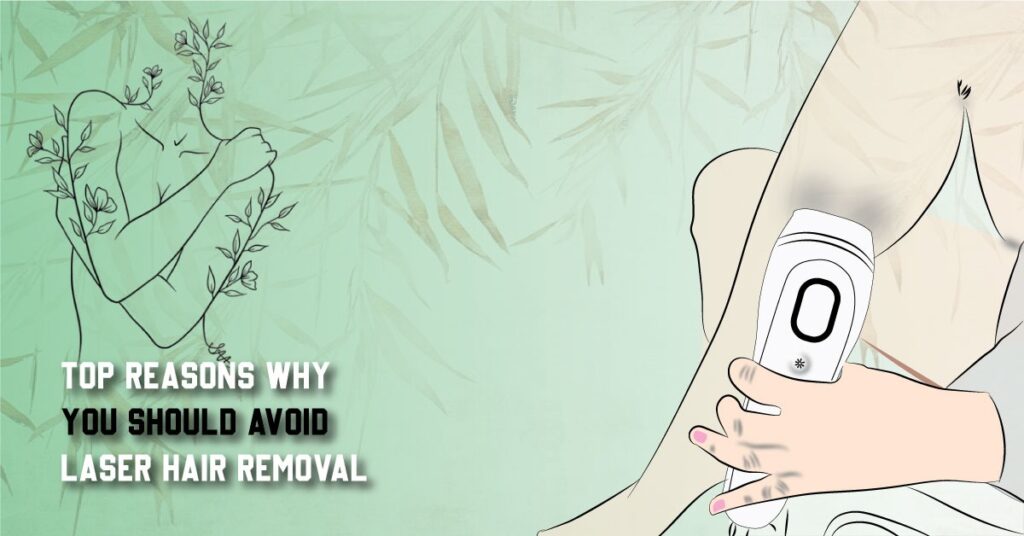Why You Should Avoid Laser Hair Removal

From waxing to plucking, hair removal can be a painful process. This is why many individuals get laser hair removal technique, which is a more convenient and effective method for achieving smooth, hair-free skin. There are so many ways that can help to remove unexpected hair but only laser hair reduction treatment promises a long-lasting […]

